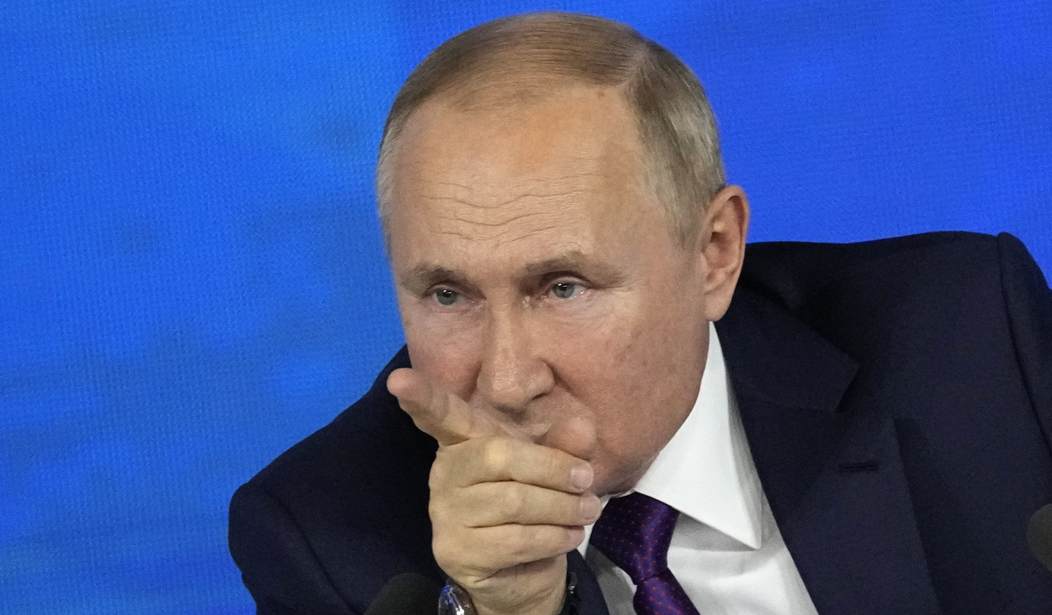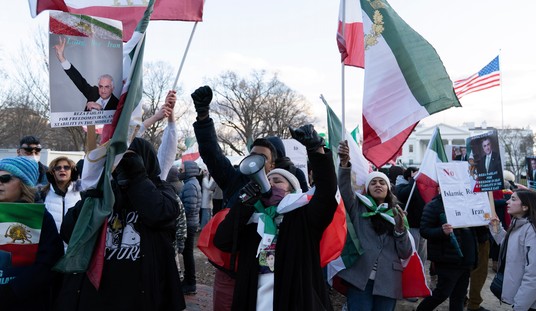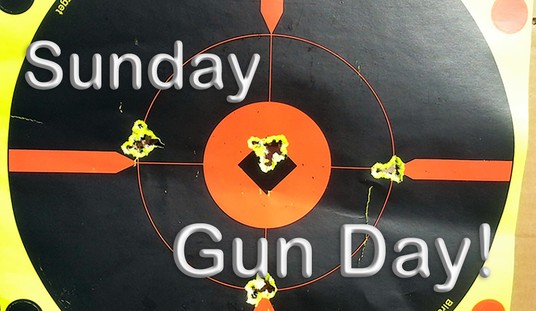These are challenging – and suddenly quite deadly — days to be a general leading Russia’s unprovoked invasion of Ukraine.
Outnumbered, outmatched, and outgunned, after three full weeks of combat, Ukrainian forces have managed to stymie Russian advances across the country, which is about nine-tenths the size of Texas.
Even worse for Russian strategies and morale, nearly a dozen senior officers are believed to have been killed, including five generals, along with what intelligence estimates to be about 7,000 Russian dead.
In addition, unconfirmed reports say four more generals have been sacked back in Moscow over the poor showing of what is the world’s third-largest army, but has turned out so far to be the second-best in Ukraine.
Ukrainian forces even pulled off a nervy commando raid damaging an airbase inside Russia. And in next-door Belarus, a band of somebodies has been sabotaging the signal systems on rail lines transporting supplies to the Russian invaders.
This, the largest armed combat in Europe in 77 years, has created as many as an estimated four million refugees out of a 44 million population.
Presumably or hopefully, the Pentagon is up close studying Russian forces, strategies, the tactical preferences of certain senior officers, and the performance/weaknesses of equipment that NATO forces might someday themselves encounter.
But how has Ukraine managed so far to hold off such a superior foreign invading army and, importantly, kill so many senior officers?
A senior U.S. general, now retired, provided some professional insights Sunday. Gen. David Petraeus, former commanding officer of CentComm and allied forces in both Iraq and Afghanistan, warned not to go just by the size of military forces in this conflict:
Everybody wants to say, well, the Russians have, I don’t know, 200,000, and the Ukrainians have 100,000. It’s not so.
The Ukrainians have 100,000, plus every other adult, just about, in the country, all of whom are willing to take up arms or help in some way, even if it’s just jam radio signals or conduct vlogging.
They call Russians in Russia and say, do you know how poorly this is going for you?
Petraeus said the invasion has become “a stalemate, a bloody stalemate” and a war of attrition.
“It’s a stalemate on the battlefield, again, with lots of continued damage on both sides, lots of destruction, especially from the Russians,” he said.
“But there’s a battle of attrition, in a sense, between the will in Kyiv and the country and then between that in Moscow, and especially in the Kremlin, as their economy, their financial system, and all the rest of that is just collapsing.”
But why is that? The general with 37 years Army experience notes mounting pressures and even presidential anger from Moscow coupled with numerous systemic failures in the Russian organization.
These include conscripts’ inexperience, poor training, shoddy communications, and crucially a chronic lack of initiative in the lower officers’ ranks as they hesitantly or fearfully wait to be told what to do.
[Historical Note: When the Allies landed at Normandy on June 6, 1944, you may recall, there was a precarious period that day when the invasion could have been thrown back. Germans had an array of Panzers and reinforcements nearby.
But their commanders would not move without orders from Berlin. Hitler had slept in that day and no one wanted to wake him with bad news. By the time orders arrived, it was too late to end the beginning of the end of the Third Reich.]
Petraeus again:
The bottom line is that (Russian) command-and-control has broken down. Their communications have been jammed by the Ukrainians. Their secure comms didn’t work.
They had to go to single channel. That’s jammable. And that’s exactly what the Ukrainians have been doing.
They (Russians) use cell phones. The Ukrainians blocked the prefix for Russia. So that didn’t work. Then they took down 3G. The (Russians) are literally stealing cell phones from Ukrainian civilians to communicate among each other.
That’s no sign of a well-oiled war machine.
Ukrainians, of course, are fighting for their homeland and are receiving arms and supplies from European democracies.
When Russia annexed Crimea in 2014, Barack Obama sent blankets and MREs to Ukraine. Joe Biden has been late to supply lethal arms, as he often is when it comes to important policies.
Not until weeks into the invasion and after President Volodymyr Zelensky’s emotional address to Congress did Biden authorize $800 million in new arms and ammo. A NASCAR owner grew so impatient with the government he chipped in one million rounds of ammo on his own.
Russian forces are built around one-year conscripts with limited training and they were apparently misled about their mission and reception.
According to Ukrainians, POWs say they were told to expect a welcome as liberators from fascist U.S. forces. In some cases, groups of Russians have simply surrendered, lacking food, water, and fuel, indicating inadequate Russian logistics.
None of this, of course, predicts the fighting’s ultimate outcome, just the current predicament of what appears to be over-confident Russian forces, including Vladimir Putin.
Russia’s Army has about 900,000 active-duty troops, compared to 170,000 in Ukraine. The U.S. Army has 485,000 active-duty members while China’s People’s Liberation Army has almost 2.2 million.
This week, Biden travels to a NATO meeting in Belgium and then visits Poland. Last week, three European prime ministers braved artillery fire to offer in-person support in Ukraine.
Senior field commanders need a broad battle overview and are not normally near the fighting front. Petraeus traces a major Russian problem to lack of initiative among lower ranks fearful of making mistakes. So, they get pinned down by weaker Ukrainian forces who hit-and-run.
The column gets stopped. An impatient general is sitting back there in his armored or whatever vehicle. He goes forward to find out what’s going on because there’s no initiative.
Again, there’s no non-commissioned officer corps. There’s no sense of initiative at junior levels. They wait to be told what to do.
Gets up there. And the Ukrainians have very, very good snipers. They’ve just been picking them off left and right. And at least four of these five are absolutely confirmed. And I think the fifth, we will hear today.
This is precisely what happened in Mariupol last week. Maj. Gen Oleg Mityaev went to see what was holding up his troops. And, whack, a sniper trained to target officers got him.
Ukraine’s Defense Ministry released a photo identifying a body as the 48-year-old general, who did not appear to be suffering from lack of foodstuffs like his troops.
АЗОВ знищив генерал-майора окупаційних військ!
Хто з мечем до нас прийде, від меча і загине!
Слава Україні! pic.twitter.com/1mvLUYvNjk
— АЗОВ (@Polk_Azov) March 15, 2022
The American general added: “It’s very, very — very, very uncommon. This is just in the first three weeks. And these are quite senior generals.”













Join the conversation as a VIP Member